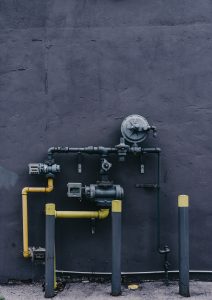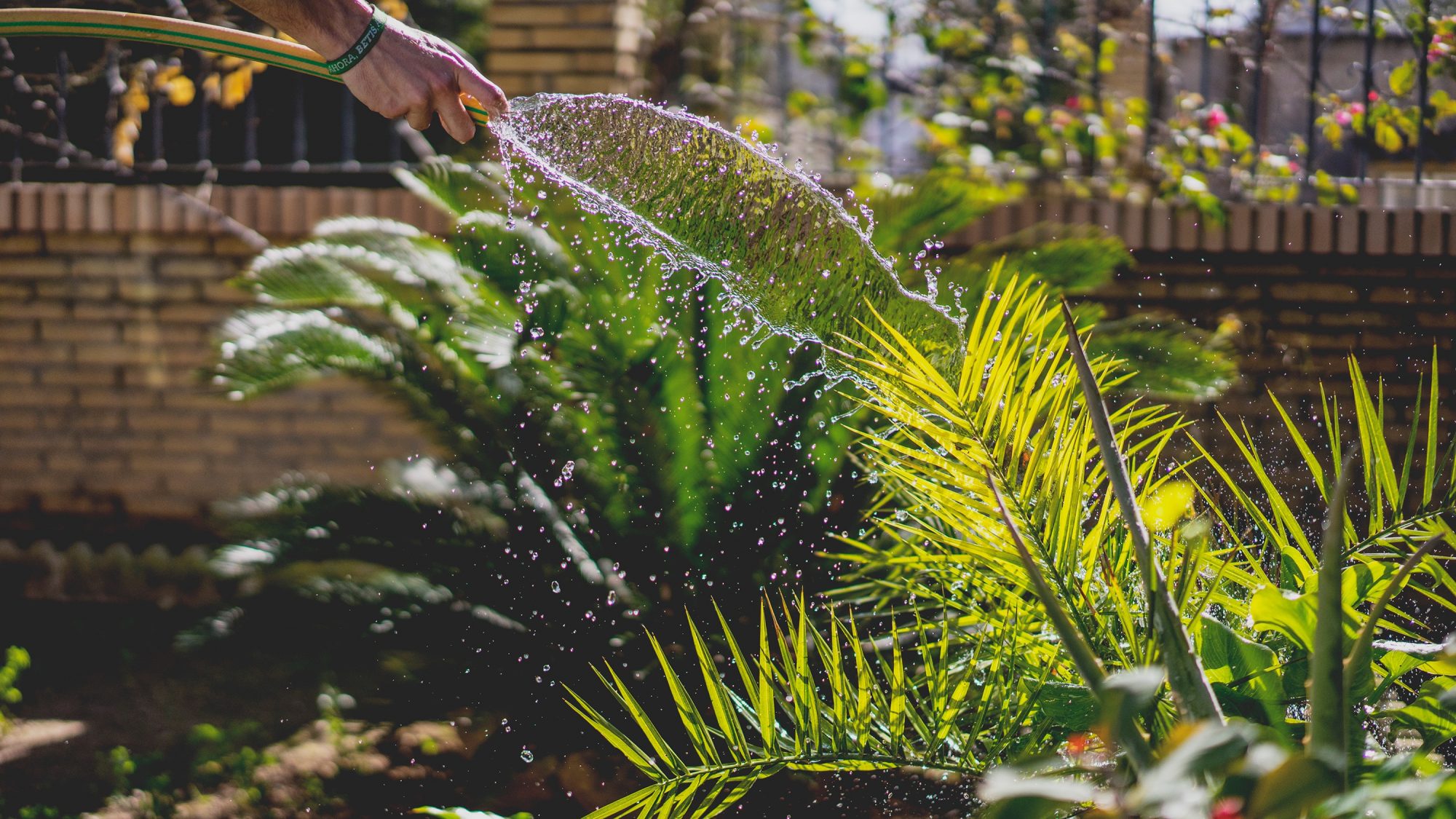From water saving devices and rainwater harvesting to sustainable drainage systems (SuDS), there are myriad ways in which housebuilders can contribute to sustainable water management. Despite cost and space restrictions, many of these solutions are easily, and affordably, implemented within new homes and during the construction process
The measures that housebuilders can take are twofold: use alternative sources of water, and introduce water-efficient devices within the home.
Firstly, there is rainwater harvesting in the form of water butts and below-ground storage tanks. These provide an alternative water source to mains water. Recycled rainwater can have numerous uses around the home, such as flushing toilets, use in washing machines or simply watering the garden. By incorporating some treatment into the rainwater harvesting and recycling system, it can be used for a range of clean water activities as well.
Greywater recycling can also be used. Water from sinks, dishwashers and washing machines can be filtered and reused to some extent around the home, such as for flushing toilets. However, recycled greywater is unlikely to be suitable for clean water uses such as drinking water or the preparation of food.
Within the home, housebuilders can equip homes with water-efficient white goods. We’re all familiar with energy efficiency labels on appliances, but not many people are aware that white goods also have a water efficiency rating, which is displayed on the same label. Commonly found on the bottom-left hand corner of the label, estimated average annual water use per annum is displayed and will let you know if your washing machine or dishwasher is water efficient or not.
There are other water-saving products that can be fitted in new homes, or retrofitted into existing properties. Water-efficient brass goods such as taps with time flow controls or aerating spouts can be used. Water-efficient showers and WC cisterns provide more opportunity for water saving in the home.
Being able to track water usage is crucial. Most new homes include water meters and when people are financially incentivised to use less water, they often will.
Sustainable drainage systems (SuDS) offer a wide variety of possibilities in terms of sustainable water management. The introduction of SuDS into any development proposal can enhance the viability of the scheme and will be one of the core requirements of the planning process. It is vital that surface water management and SuDS are considered at the earliest possible stage of a development proposal.
How water is being captured, attenuated, treated for pollutants and discharged, and whether it’s being done sustainably, plays a huge role in the success of a planning decision. Local Planning Authorities, Water Authorities and environmental regulators such as the Environment Agency place restrictions on the amount of surface water you can discharge from a development and will expect to see sustainable drainage measures incorporated into any development proposals. SuDS schemes will contribute greatly towards the goal of reducing this by controlling surface water at source, reducing flood risk and providing pollution treatment. SuDS can also provide significant amenity and ecological value to a development.
 On-site water efficiency
On-site water efficiency
From dust suppression and hydro-demolition to general cleaning and site cabins, construction sites use a huge amount of water. Water meters can help site managers monitor how much water is being used. Following that, toolbox talks about best practice surrounding water use can inform everyone on site of the need to save water and ways of doing so. This can help introduce a culture where any wastage or leaks on site are reported back to the site manager so they can be addressed.
In terms of actually using water, think about how it’s used on site. Hoses should be fitted with triggers so they’re not idly running. High pressure, low volume devices are effective without using a lot of water. Similarly, when it comes to a lot of cleaning requirements, use standing reservoirs such as buckets, which can make use of harvested rainwater or greywater.
Barriers in new developments
The greatest challenge is cost. Any kind of surface water attenuation, control or treatment device we highlight as being important isn’t going to be popular if it’s expensive. Putting in sub-surface rainwater harvesting systems and the mechanical and electrical infrastructure required to treat and recycle the water will increase costs dramatically.
Then there are the physical space restrictions on a development site. On brownfield sites, there are is often limited above-ground space and some SuDS systems simply cannot be fitted in. Below ground, there might also be a huge amount of existing infrastructure in place, such as gas and electricity mains, as well as existing drainage and water supply infrastructure. This prevents the use of subterranean storage and recycling tanks.
On greenfield and brownfield sites, once of the biggest barriers is that civil engineers aren’t consulted at an early enough stage in the development process. It is often the case that a civil engineer is asked to advise on drainage issues after the architectural layout is already in place without consideration having been given to sustainable water management. At this point it becomes a process of ‘making do’ and achieving the bare minimum, when there is so much more potential for water saving, pollution reduction, flood risk reduction and innovation in this field.
There’s also a lack of legislative drive to use rainwater harvesting and greywater recycling schemes, though this is getting better. As our understanding of climate change increases and new technology becomes available, the standards for surface water management need to evolve with it to ensure that all new developments reduce flood risk on- and off-site site, now and in the future. Currently, there isn’t much pressure for developers to incorporate rainwater harvesting and greywater recycling. With water becoming an ever-more precious resource, it is important that legislation drives the use of rainwater harvesting and greywater recycling systems and recognises it as a way to address potential future water shortages.
Finally, there’s a lack of awareness amongst developers of rainwater harvesting and greywater recycling systems and what they can offer their development. Many of these systems are still new and people don’t think to incorporate them. The same applies to water metering. Perhaps some incentive scheme to developers from the government would also help here.
While there is still work to be done towards consistently integrating sustainable water management in the build process, it is not an impossible task. Rainwater harvesting, water-saving products and SuDS are all steps in the right direction. By combining improved legislation and incentive schemes with clear and early communication with civil engineers, we can transform sustainable water management from a seemingly costly after thought into an inherent element of housebuilding.
Phil Allen
Senior Civil and Flood Risk Engineer
Thomasons

















